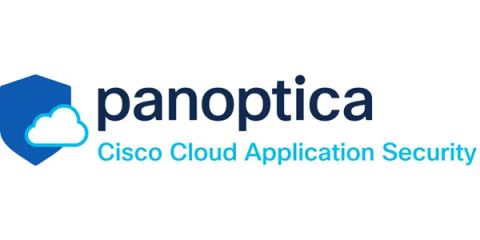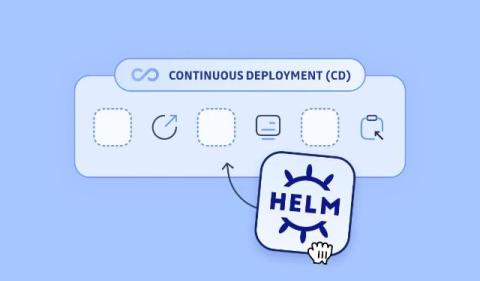How to secure every stage of the CI/CD pipeline with Sysdig
Securing operations in the cloud can seem daunting. To protect your organization, you need to have the proper preventative and reactive safeguards in place at every step of the software development cycle. But it doesn’t have to be as complex as it sounds. This blog outlines how to secure the entire software development lifecycle, emphasizing the “shift left” approach, which aims to catch vulnerabilities and issues early in the development process to reduce both risks and costs.











